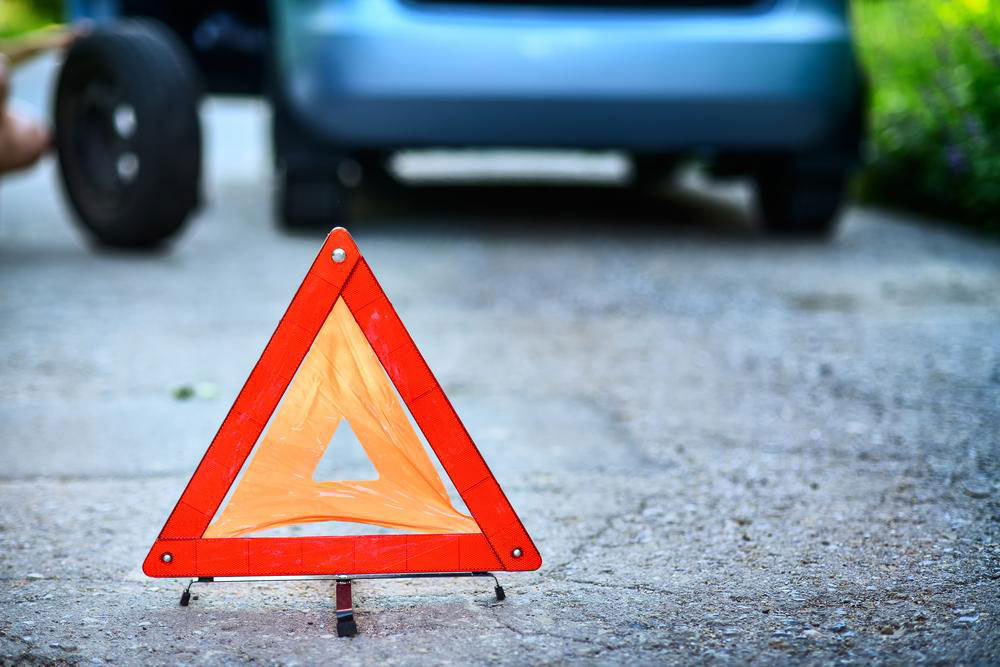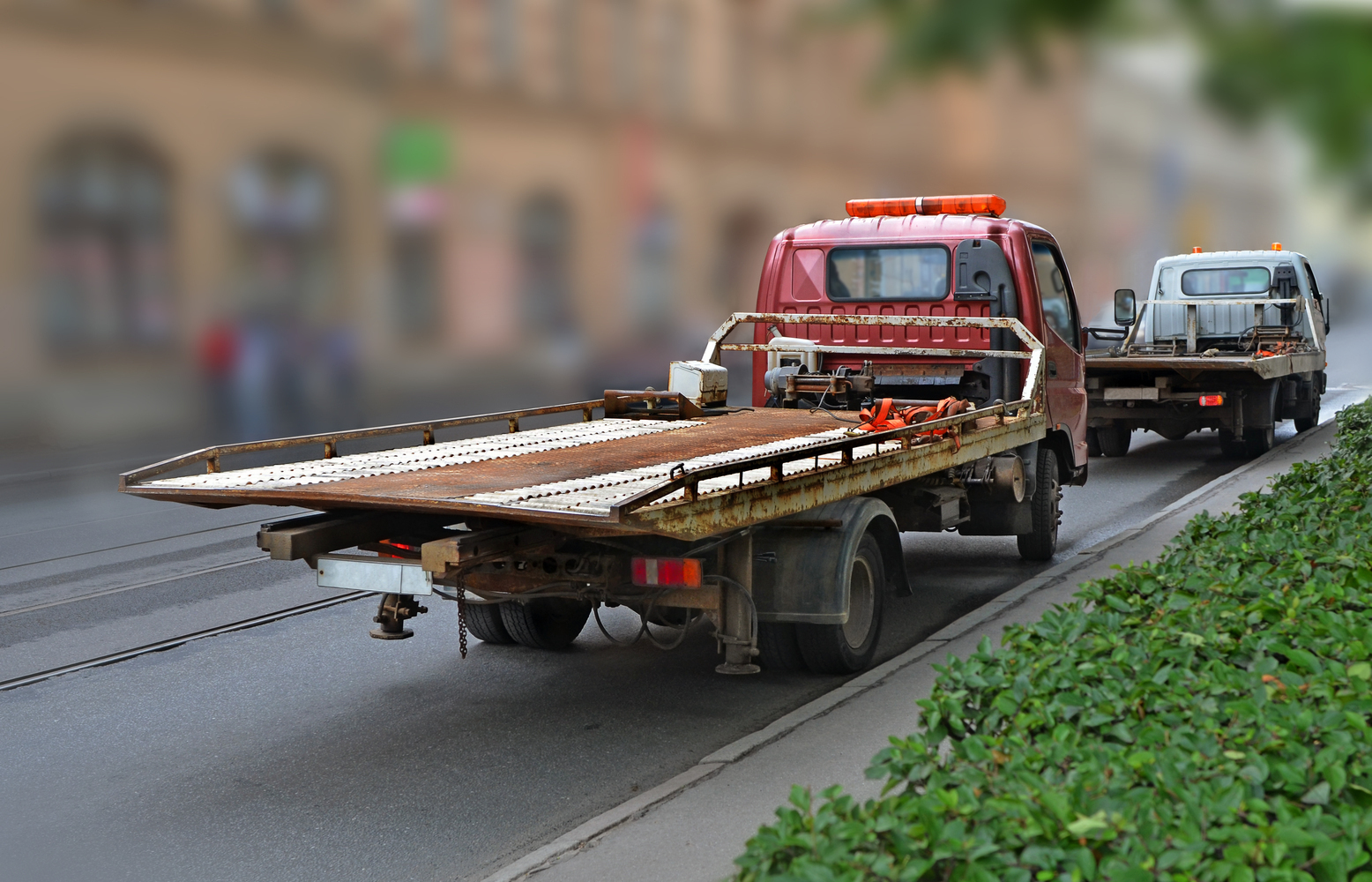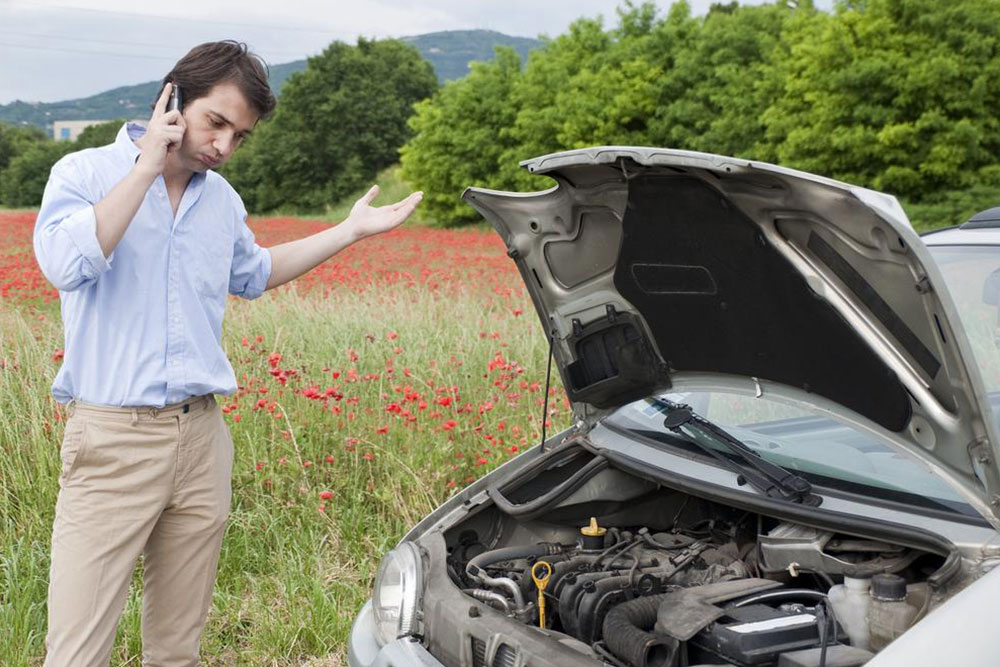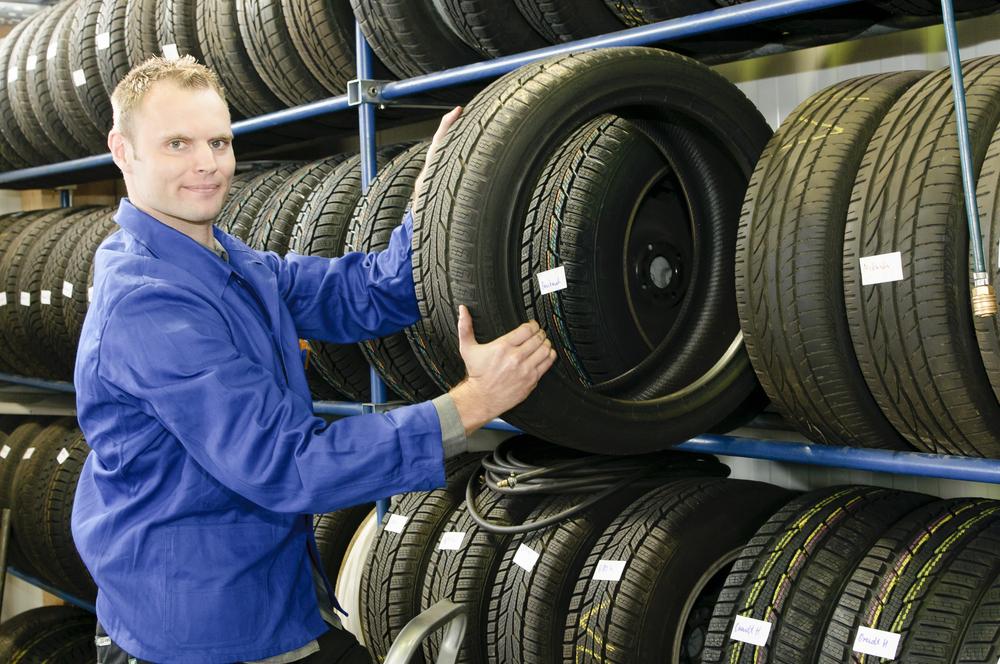Comprehensive Guide to Roadside Breakdown Safety: Essential Tips for Drivers
This comprehensive guide offers essential safety tips for drivers experiencing roadside breakdowns. It covers immediate actions, proper vehicle positioning, signaling methods, how to contact roadside assistance, and precautions to stay safe until help arrives. Understanding these procedures helps mitigate risks and ensures safety during roadside emergencies. Proper preparation, awareness, and cautious behavior are vital for handling vehicle breakdowns effectively, safeguarding both drivers and other road users in critical situations.

Comprehensive Guide to Roadside Breakdown Safety: Essential Tips for Drivers
Experiencing a vehicle breakdown while on the road can be a stressful and potentially dangerous situation for any driver. Whether it’s a flat tire, engine malfunction, overheating, or a collision, the key to staying safe is knowing how to respond properly. Proper safety measures can help prevent further accidents, keep you and your passengers protected, and ensure that help arrives promptly. This detailed guide provides crucial safety tips and best practices to follow during roadside emergencies to minimize risks and manage the situation effectively.
Understanding the importance of quick action, safety precautions, and preparedness can make a significant difference in how you handle roadside breakdowns. Here, we delve into essential steps you should take immediately upon experiencing vehicle trouble, how to secure your vehicle, alert other drivers, request assistance, and stay safe until help arrives. Let’s explore these critical safety protocols to ensure you’re well-prepared for any roadside emergency.
Act promptly and responsibly: The moment you identify a problem with your vehicle, such as strange noises, warning lights, or a performance issue, safely pull over to the right side of the road. Prompt action prevents obstruction in traffic lanes, reduces the risk of collisions, and allows you to assess and manage the problem calmly before it worsens.
Move your vehicle to a safe location: As soon as it’s safe, steer your vehicle away from the main traffic flow to a well-lit and accessible area, such as a shoulder, parking lot, or rest stop. Avoid stopping in blind spots or sharp curves where vehicles might not see you. If possible, position your vehicle under streetlights or in a spot with good visibility to enhance safety for you and other road users.
Alert surrounding drivers: Use all available safety tools to increase your vehicle’s visibility. Place warning cones, reflective triangles, or flares behind your vehicle at appropriate distances. Turn on your hazard lights immediately and raise the vehicle’s hood to signal distress to approaching drivers. These signals greatly reduce the chances of rear-end collisions or other accidents.
Contact roadside assistance: If you have roadside assistance coverage, such as an auto club or insurance roadside plan, call them without delay. Keep their contact information saved in your phone for quick access during emergencies. Provide clear details about your location, the nature of the issue, and any safety hazards present.
Remain with your vehicle until it’s safe: If repairs are needed or not possible to perform on the spot, stay inside or close to your vehicle to avoid walking into traffic. Never stand directly in traffic lanes or behind your vehicle where you might be unnoticed by oncoming traffic. Use caution if you need to exit, ensuring it’s a safe environment before doing so.
Prepare an emergency roadside kit: Proactively keep a well-stocked emergency kit in your vehicle. Include essentials such as a toolkit, first aid supplies, bottled water, non-perishable snacks, necessary medications, a spare tire, jumper cables, duct tape, heavy-duty rope, gloves, and a flashlight. Having these supplies ready can significantly ease the situation and help you manage minor repairs or waiting times.
Exercise caution when approached by strangers: While most roadside assistance providers are professional, be wary of strangers offering unsolicited help. Use common sense and avoid accepting lifts or assistance from unknown individuals. Instead, call your roadside service provider or local authorities if you feel threatened or unsure.
Know when to seek professional help: While some minor issues can be resolved temporarily or with basic troubleshooting, some problems require expert intervention. Do not attempt complex repairs yourself unless you are qualified. Prioritize safety and contact professionals for assistance with engine failures, brake issues, or significant mechanical problems.
Stay informed and prepared: Familiarize yourself with your vehicle’s owner’s manual, learn basic troubleshooting tips, and keep emergency contact information readily available. Regular vehicle maintenance also reduces the chances of breakdowns, ensuring your vehicle is in optimal condition for the road.
By following these comprehensive safety tips during a roadside breakdown, drivers can significantly reduce risks and respond more effectively in emergency situations. Being prepared, alert, and cautious ensures your safety and that of your passengers, other road users, and roadside rescue personnel. Remember, proactive planning and calm, informed actions are your best tools in managing roadside emergencies successfully.





